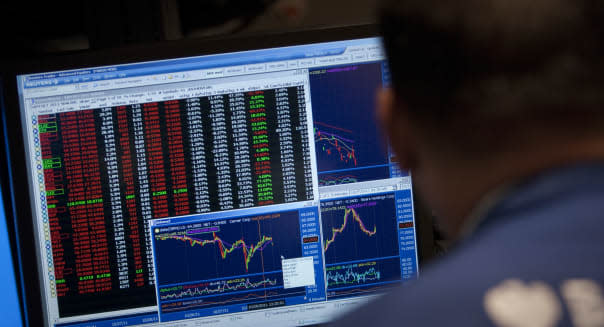4 Ways to Tell the Best ETFs from the Rest

Exchange-traded funds have made it simpler for investors to customize their portfolios to get exactly the investment exposure they want. But with the huge numbers of ETFs already on the market and with new ETFs becoming available all the time, figuring out which ETFs are the best for your portfolio can be a challenge.
Fortunately, the best ETFs tend to share one or more traits that help them outperform their weaker counterparts. Let's take a look at the four ways that strong ETFs distinguish themselves from their less-desirable peers.
1. Low Expenses
ETFs typically offer a particularly cost-effective strategy for investing. That's because most ETFs track benchmark indexes rather than using active management to pick particular investments. Index investing is usually a lot cheaper than what a money manager will charge to research stock selections.
Yet even among ETFs with similar objectives, you can find a wide disparity across funds when it comes to annual expenses. Even as the most expensive ETFs charge $100 or more every year in expenses on a $10,000 investment, you can find ETFs from low-cost providers like Schwab (SCHW) and Vanguard that charge just $4 to $5 to invest the same amount. Saving $95 might not seem like a huge amount, but in the long run, those incremental cost-savings add up to a larger investment portfolio.
2. Unusual Strategies
Among the hundreds of available ETFs in the market, you'll find many funds that look almost identical to each other. With dozens of ETFs tracking popular stock-market indexes such as the S&P 500 and the Dow Jones Industrials, there's often little reason to pick one over another.
Sponsored Links
But some ETFs have unique ways of choosing stocks. For instance, the WisdomTree Total Earnings Fund (EXT) selects stocks from the U.S. stock market just as hundreds of other index-tracking ETFs do. But rather than buying particular amounts of stocks based on their market capitalization, the WisdomTree ETF takes the unusual approach of using each company's earnings to establish their weight within the ETF. Market-beating returns have resulted from the strategy even after taking expenses into account. The right strategies can take advantage of market inefficiencies to produce better returns.
3. High Liquidity
In looking at cost, the most obvious place to focus is on expense ratios. But another key consideration is liquidity -- or how many shares of a given ETF trade on a typical day.
Especially if you plan to buy and sell ETF shares frequently, choosing ETFs that has plenty of buyers and sellers at any given time will save you money.
The reason: With illiquid ETFs, you can find yourself forced to accept low-ball bids to sell your shares or pay up for overpriced offers when you want to buy. By contrast, the most liquid ETFs have gaps of a single penny or less per share between bid and offered prices at any given time.
This issue isn't as critical for buy-and-hold investors who don't make trades often, but even then, a lack of liquidity can eat into your returns over time.
4. Success In Tracking Desired Results
Not all ETFs achieve the goals they set out to accomplish. The worst thing that can happen to an ETF investor is to make the right call about which way a particular market will move but have the ETF you've chosen to profit from that call not deliver on the profits you expected.
As an example, United States Natural Gas ETF (UNG) aims to track the direction of spot natural gas prices, which have almost doubled since April 2012. Yet the gas ETF is up only about 30 percent over the same period. That's disappointing to those who hoped to reap more of the commodity's gains because of the structural intricacies of using futures contracts to try to track long-term changes in spot prices.
In assessing an ETF, look at how well its track record matches up with the market it's seeking to follow. If there's a big disparity, you'll need to understand its cause before making an informed decision about whether the ETF is still a good buy.
Get the Best ETFs
ETFs are a dime a dozen these days, but by concentrating on the best ones, you'll improve your chances at earning gains in your portfolio. Focus on ETFs that have one or more of these desirable traits, and you'll be more likely to get long-term winners.
You can follow Motley Fool contributor Dan Caplinger on Twitter @DanCaplinger or on Google+. He doesn't own shares of the ETFs mentioned in this article.

